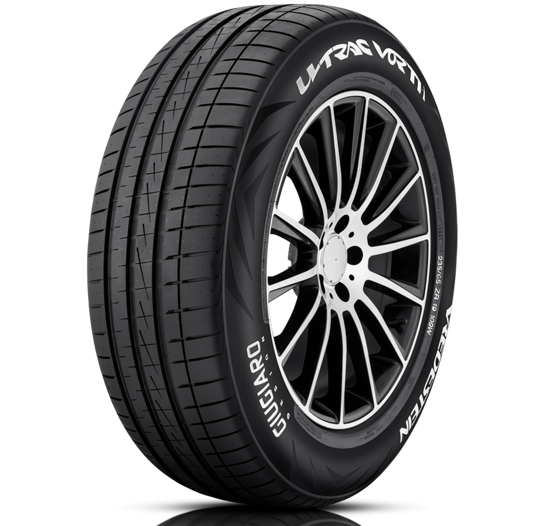Selecting the right car tyres is crucial for ensuring optimal performance, safety, and comfort while driving. With numerous types of car tyres and various car tyre sizes available, understanding your options can help you make an informed decision that suits your vehicle’s needs and driving conditions. In this guide, we’ll explore the different types of car tyres, provide an overview of car tyre sizes, and offer practical advice on selecting the best car tyre size for your vehicle.
Types of Car Tyres
Choosing the right type of car tyre is essential for maximising your vehicle’s performance and safety. Here are the primary types of car tyres you need to know:
All-Season Tyres All-season tyres are designed to handle a variety of weather conditions, including light rain and dry roads. They offer a balance between performance and comfort, making them a popular choice for drivers who experience moderate weather variations. These tyres provide adequate traction in both wet and dry conditions and are generally more cost-effective than purchasing separate sets of tyres for different seasons.
Summer Tyres Summer tyres, also known as performance tyres, are engineered for optimal handling and braking performance in warm and dry conditions. They offer superior grip and stability on dry roads, making them ideal for high-performance vehicles. However, they are not suitable for winter driving, as their performance decreases in low temperatures and snowy or icy conditions.
Winter Tyres Winter tyres, also known as snow tyres, are specifically designed for improved traction and control in cold weather and snowy conditions. They feature deeper tread patterns and special rubber compounds that remain flexible in low temperatures, providing enhanced grip on icy and snowy roads. If you live in an area with harsh winters, investing in a set of winter tyres can significantly improve your driving safety.
Run-Flat Tyres Run-flat tyres are designed to allow you to continue driving even after a puncture or loss of air pressure. They feature reinforced sidewalls that support the vehicle’s weight, enabling you to drive for a limited distance at reduced speeds. While they offer the convenience of not having to change a tyre immediately, they may come with a higher price tag and a firmer ride compared to standard tyres.
Off-Road Tyres Off-road tyres are built for rugged terrain and challenging driving conditions, such as mud, gravel, and rocky surfaces. They have aggressive tread patterns and reinforced sidewalls to provide maximum traction and durability. These tyres are commonly used in SUVs and 4×4 vehicles that are frequently driven off the beaten path.
Understanding Car Tyre Sizes
Car tyre sizes are crucial in determining the right fit for your vehicle. The size of a tyre affects its performance, handling, and comfort. Here’s a breakdown of how to read and understand car tyre sizes:
Tyre Size Format Car tyre sizes are typically represented in a format like “215/60 R16.” This format includes three key components:
Width: The first number (215) represents the tyre’s width in millimetres, measured from sidewall to sidewall.
Aspect Ratio: The second number (60) indicates the aspect ratio, which is the height of the tyre’s sidewall as a percentage of its width. A higher aspect ratio means a taller sidewall.
Diameter: The letter R and the number (16) represent the tyre’s diameter in inches, which must match the size of your vehicle’s wheels.
Understanding Car tyre sizes list provide information about the various sizes available for different vehicle models. These lists help you choose the correct size based on your car’s make and model. Refer to your vehicle’s owner’s manual or consult with a tyre specialist to ensure you select the appropriate size for your car.
Choosing the Right Car Tyre Size Selecting the right car tyre size is crucial for maintaining your vehicle’s performance and safety. Using the wrong size can affect handling, fuel efficiency, and overall driving experience. It’s essential to adhere to the recommended tyre size specified by your vehicle manufacturer, which can be found in the owner’s manual or on a sticker located on the driver’s side door jamb.
Factors to Consider When Choosing Car Tyre Sizes
When selecting the best car tyre size, consider the following factors:
Vehicle Specifications Always refer to your vehicle’s specifications for the recommended tyre size. Using the manufacturer’s recommended size ensures optimal performance and safety.
Driving Conditions Consider your typical driving conditions, such as weather, terrain, and driving habits. For instance, if you frequently drive in snowy conditions, winter tyres with a specific size may be more suitable.
Performance Requirements If you prioritize performance and handling, you may opt for tyres with a lower aspect ratio, which provides a sportier feel. Conversely, a higher aspect ratio offers a more comfortable ride with better cushioning.
Budget Considerations Tyre prices can vary based on size, type, and brand. While it might be tempting to choose a cheaper option, investing in high-quality tyres can enhance safety and performance in the long run.
Conclusion
Choosing the right types of car tyres and understanding car tyre sizes are essential steps in ensuring your vehicle’s performance, safety, and comfort. Whether you’re selecting all-season tyres for versatile use or winter tyres for challenging weather conditions, it’s important to make an informed decision based on your driving needs and vehicle specifications.
For those looking for premium quality and exceptional performance, Vredestein offers a range of high-quality tyres designed to meet various driving requirements. Their commitment to innovation and quality ensures that you get the best tyre options for your vehicle. Explore Vredestein’s offerings to find the perfect tyres for your needs and experience the difference in performance and safety.


